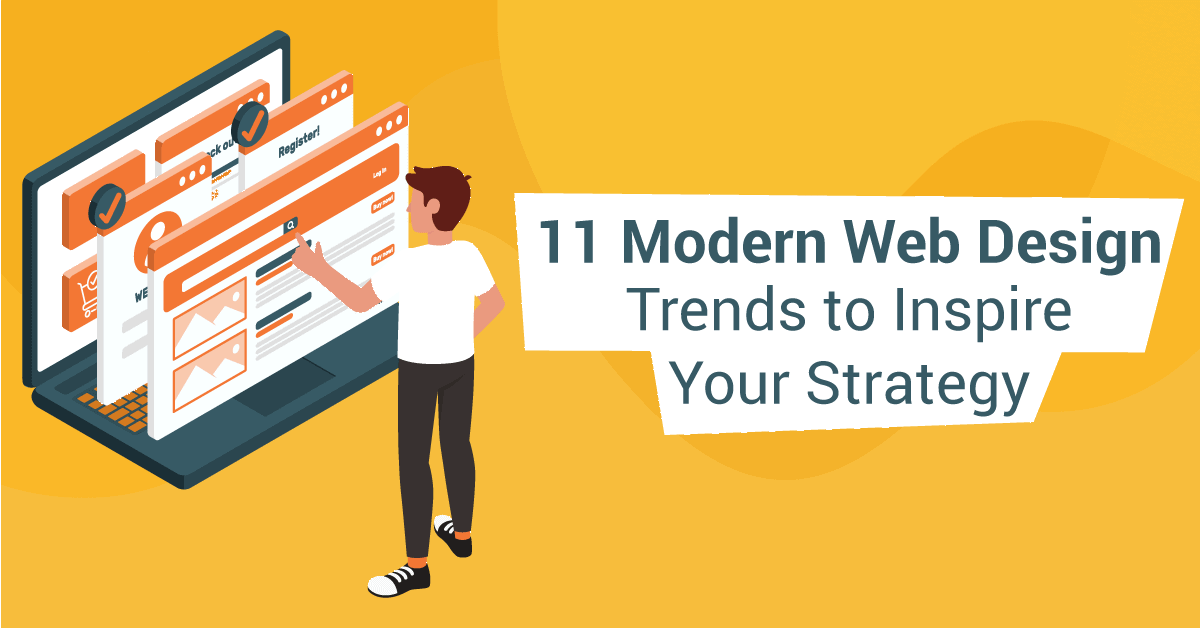Artificial intelligence (AI) has revolutionized the way we interact with technology and has had a significant impact on modern web design trends. With AI algorithms becoming more advanced and sophisticated, designers are able to create websites that are not only visually stunning but also highly functional and user-friendly. In this article, we will explore the various ways in which AI has influenced web design trends and how designers can leverage this technology to create innovative and engaging websites.
1. Personalized User Experience
One of the key ways in which AI has impacted web design is through its ability to provide a personalized user experience. AI algorithms can analyze user behavior and preferences to tailor the content and layout of a website to individual users. This level of personalization can help enhance user engagement and increase conversion rates.
2. Intelligent Chatbots
Another area where AI has made a significant impact on web design trends is with the use of intelligent chatbots. These AI-powered bots can provide real-time assistance to users, answer questions, and guide them through the website. Chatbots have become an essential tool for improving customer service and enhancing the overall user experience.
3. Responsive Design
AI has also played a crucial role in the development of responsive web design. With AI-powered algorithms, designers can create websites that automatically adjust to different screen sizes and devices, ensuring a seamless user experience across all platforms. This level of responsiveness is essential in today’s mobile-first world.
4. Predictive Analytics
Another way in which AI has influenced web design trends is through predictive analytics. AI algorithms can analyze large amounts of data to predict user behavior and trends, allowing designers to anticipate user needs and preferences. This data-driven approach can help designers make informed decisions about the layout, content, and functionality of a website.
5. Visual Search
AI-powered visual search technology has also had a significant impact on modern web design trends. With visual search, users can upload an image to search for similar products or content. Designers can leverage this technology to create visually engaging websites that cater to users’ preferences and interests.
6. Automated Design Tools
AI-powered design tools have made it easier for designers to create visually stunning websites in less time. These tools can analyze design trends, suggest color palettes, fonts, and layouts, and even generate design mock-ups automatically. This level of automation has enabled designers to focus more on creativity and innovation.
7. Enhanced Security
AI has also improved website security by identifying potential vulnerabilities and threats. AI algorithms can detect suspicious behavior, prevent cyber attacks, and safeguard user data. By integrating AI-powered security measures, designers can ensure that websites are protected against potential threats.
Conclusion
AI has had a profound impact on modern web design trends, evolving the way designers create websites and enhancing the overall user experience. From personalized user experiences to responsive design and intelligent chatbots, AI technology has opened up new possibilities for innovation and creativity in web design. As AI continues to advance, we can expect to see even more exciting developments that will shape the future of web design.
